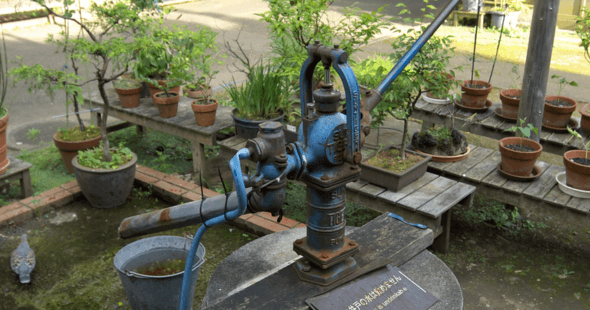When managing a well system for your home, understanding the optimal pressure for your well pressure tank is crucial. This pressure is pivotal in ensuring a consistent water flow and maintaining the longevity of your well pump. Let’s dive into the essentials of well pressure tank maintenance, focusing on how much pressure should be in your tank to keep your system running smoothly.
Understanding Your Well Pressure Tank
A well pressure tank is a key component of a private well system. It stores water under pressure so that the pump doesn’t need to run every time water is turned on. This not only saves energy but also reduces wear on the pump. The pressure in the tank helps to regulate the water supply, ensuring that your home has constant water pressure.
Optimal Pressure Settings
The ideal pressure for your well pressure tank is typically 2 psi below the cut-in pressure of your pump. Most residential water systems are set to have a cut-in pressure (the pressure at which the pump turns on) of around 20 to 40 psi, or 30 to 50 psi. Therefore, if your system is set to a cut-in pressure of 30 psi, your tank’s optimal pre-charge pressure should be 28 psi.
This pre-charge pressure is crucial because it determines the volume of water that can be stored and the system’s ability to maintain consistent water pressure. If the pressure is too low, your pump will cycle on and off too frequently, which can lead to premature pump failure. Conversely, if the pressure is too high, it can cause the pump to not cycle on when it should, leading to a lack of water.
Checking and Adjusting Pressure
To check the pressure in your well tank, you’ll need a standard air pressure gauge. This process should be done when the tank is empty of water to get an accurate reading of the air pressure. If the pressure is not at the desired psi, you can adjust it using an air compressor or a bicycle pump.
- Turn off the pump: This prevents the system from cycling while you are making adjustments.
- Drain the tank: Open a faucet to drain water out of the tank until it’s empty.
- Check the pressure: Attach your pressure gauge to the air valve on the tank. The reading should be 2 psi below the cut-in pressure of your pump.
- Adjust if necessary: If the reading is off, use an air compressor or a bicycle pump to adjust the pressure to the correct level.
- Turn everything back on: Once the pressure is adjusted, turn your pump back on and allow the tank to refill.
Why Correct Pressure is Important
Maintaining the correct pressure in your well pressure tank is not just about ensuring a steady water supply. It’s also about safeguarding your well system. Incorrect pressure can lead to:
- Frequent cycling: This can wear out the pump and lead to expensive repairs or replacements.
- Water hammer: Sudden changes in water flow can cause pipes to bang and potentially rupture.
- Inconsistent water pressure: This can affect household tasks, from showering to washing dishes.
By keeping your well pressure tank properly pressurized, you’re not only ensuring efficient operation but also preventing premature wear and tear on your system.
Conclusion
Regularly checking and adjusting the pressure in your well pressure tank is a simple yet crucial part of maintaining your home’s water system. By ensuring your tank is at the optimal pressure, you’re taking a proactive step toward efficient water use and the longevity of your well pump. Remember, a well-maintained well system is the key to uninterrupted water supply and reduced maintenance costs in the long run.

